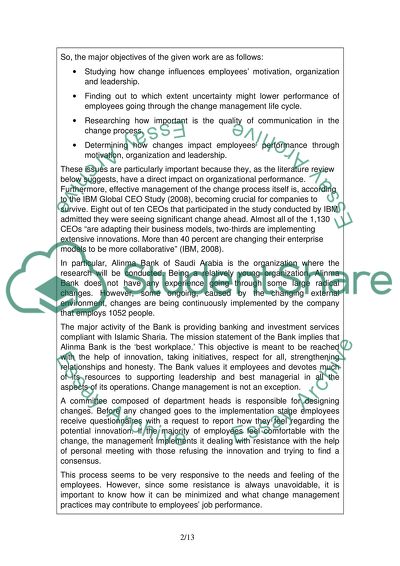Cite this document
(“Change management and its effect on employees: Case study of Alinma Dissertation”, n.d.)
Retrieved from https://studentshare.org/gender-sexual-studies/1417312-change-management-and-its-effect-on-employees-case
Retrieved from https://studentshare.org/gender-sexual-studies/1417312-change-management-and-its-effect-on-employees-case
(Change Management and Its Effect on Employees: Case Study of Alinma Dissertation)
https://studentshare.org/gender-sexual-studies/1417312-change-management-and-its-effect-on-employees-case.
https://studentshare.org/gender-sexual-studies/1417312-change-management-and-its-effect-on-employees-case.
“Change Management and Its Effect on Employees: Case Study of Alinma Dissertation”, n.d. https://studentshare.org/gender-sexual-studies/1417312-change-management-and-its-effect-on-employees-case.


